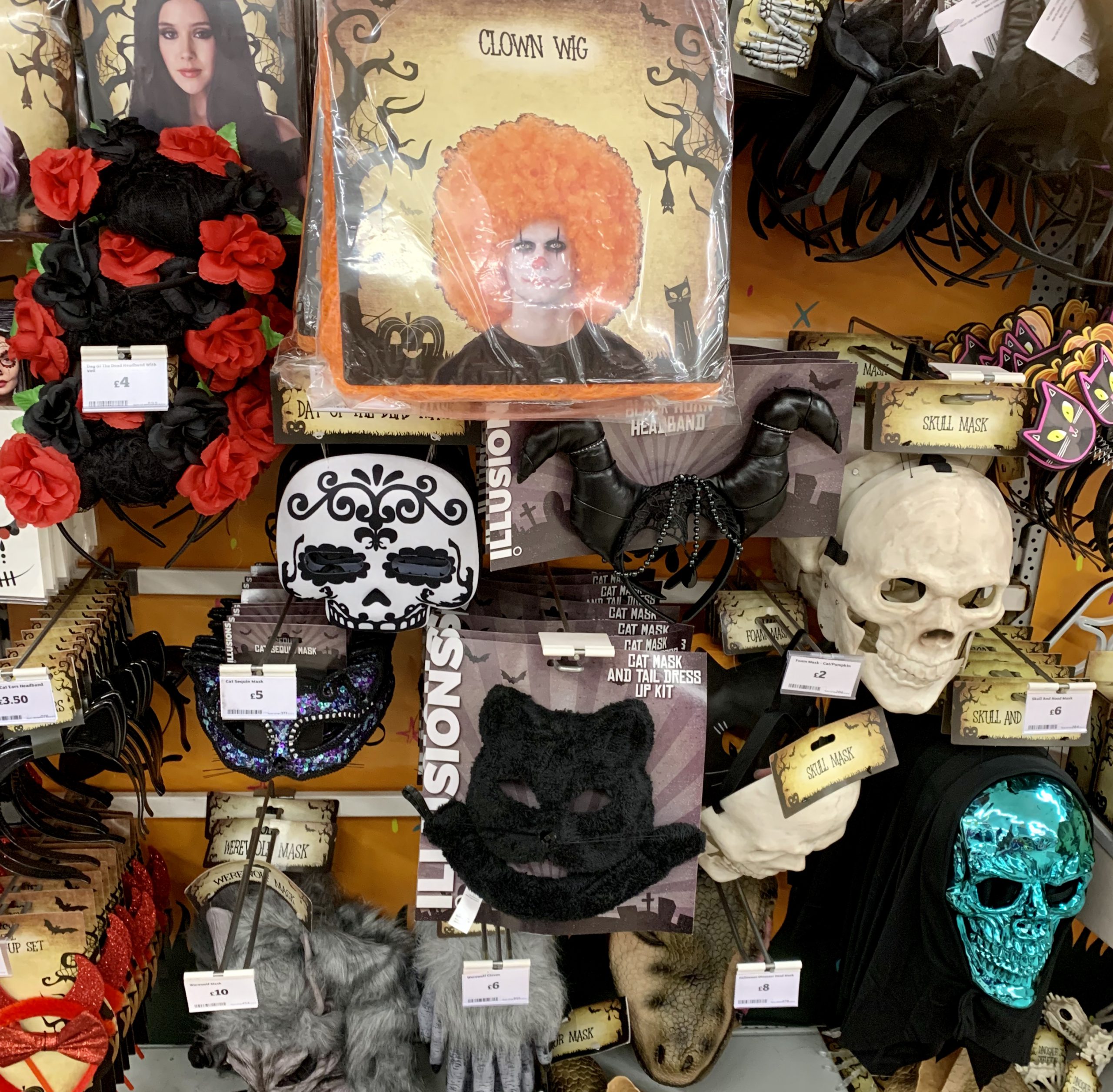There is a lot of talk about masks at the moment face masks and Halloween masks. I want to talk about a different type of mask. Masking can cause many challenges for people with Autism. Not only does masking cause numerous knock on effects but it is also the greatest barrier we face in accessing additional support and services.
What is Masking?
We all mask to some extent, most people have a professional image they maintain at work that is more formal than the personality they show to their close friends and family outside of work. Masking in autism is a lot more intense.
Masking is used as a coping strategy by some people with autism. Copying those around them to hide their symptoms in order to fit in. Masking is very common in girls with Autism but boys also use masking strategies.
Why is Masking a Problem?
On the face of it masking may seem like a good idea. It helps with fitting in and managing school and work life. However, if you take a closer look masking can be very damaging.
Masking takes enormous effort, energy and concentration leaving the person burnt out by the end of the day.

can lead to friendship issues.
The concentration and effort needed to mask causes lack of focus on other things and school work can suffer.
Masking often just delays a meltdown. In some cases causing a meltdown that would have otherwise been avoided. If stress factors are dealt with as they arise, rather than building up all day it can stop things becoming overwhelming. Most of us are familiar with the coke bottle analogy where children face multiple stresses and sensory issues all day causing a meltdown as soon as they return home to their safe place. Masking exuberates this effect.
Masking hides difficulties being experienced. Help and support will be difficult to access as a child who is masking will not stand out in a classroom. The child will often present as a completely different child in school than at home. In some cases this is because they are mimicking and copying others to such an extent you can’t see their own personality. School will see a child coping fine in school and not suffering from meltdowns, or difficulties.
Diagnosis
Not only does masking lead to a lack of additional support strategies in school it can prevent a diagnosis being made at all. For a diagnosis to be made the behaviour needs to bee seen in several settings. If the behaviour is masked in school a diagnosis can be missed.
Often the behaviour will be judged to a parenting issue, as the problem behaviour only happens at home. Instead of being given useful advice and strategies relevant to parenting an autistic child, parents will be referred to parenting courses, advised to be more strict or use strategies unsuitable for their child. Using the wrong strategies can lead to further problems for the child.
Eventually the effort of masking can lead to other mental health problems, for the undiagnosed this can lead on to mis-diagnosis particularly for girls and women with autism.
Social Skills
Over time, as social skills and friendships become more complex it becomes harder to mask. It is much easier to mask as a younger child in the playground, choosing to play simpler running and chasing games to avoid chatting and games requiring more advanced social skills.
Flitting between social groups is another way of masking. To the outsider it appears as though they have lots of friends and fit in with everyone. If you look closer you will see they are avoiding close friendships with the complexity that brings or are merely on the periphery of all the social groups. Some will chose the opposite strategy and stick closely to a very small social group they know well. They may avoid mixing in larger friendship groups where social rules may be different.
It can lead to conflict within friendships and low self esteem, caused by feeling being yourself isn’t acceptable.
How to Help a Child Who Masks

Now we know why masking is a problem how do we help these children?
The answer is I don’t really know which is why it is such a challenge. Seeing the devastating effects of masking but not having a solution is very difficult.
Professionals and teachers are taught about masking and the coke bottle effect. However, when faced with these children they often fail to recognise the problems as they don’t witness them first hand. This leads to no solutions being put forward and conflict between home and school can arise. It is frustrating for everyone and I don’t know they way forward on this issue.
I feel frustrated with the difference between the extensive support George receives and lack of support given to Faye. Support needs that were decided purely because of how they present at school. But, how can I ask for more support for Faye when I don’t know what support she needs in school?
We encourage George and Faye to be open and honest. We encourage asking for help when needed, seek out sensory solutions or some calm time out and be themselves. All these things are easier said than done. It is hard to speak up to adults or to appear different from your peers.
Masking can cause many challenges for people with Autism. The question is how do we support them?


It is great that we can recognise and understand masking better now, however I worry that we don’t have effective ways to support children that mask.